If you are using CSI TV shows as reference for your work, you might want to reconsider. A lot of what you see are CSI myths. Sometimes, to keep the audience engaged, TV show creators take a bit of creative license. And, that’s par for the course in writing. We don’t want our work to be on hundred percent true to life. If we did, we’d write scenes with our characters using the restroom. (Am I the only one who thinks about that? Where were the porta-potties in the Hunger Games???)
The problem with CSI shows is that, because everything seems so true to life and a relatively small portion of us have actual CSI knowledge, we assume that what we see is fact. Which, if you think about it, is a sure sign the show writers are doing a great job. They are good at making everything look altogether scientific.
So, why do they change the reality of CSI? Well, the same reason we as writers take creative license. Sometimes reality just ain’t flashy.
Before we jump in, all of this and more can be found in my book Fight Write, Round Two: Crafting Chaos, Combat and Crime. Give it a look.
Here’s a few common CSI myths:
- Every crime scene is processed for evidence. Nope. There’s just not enough resources for it, especially in larger cities with higher crime rates. It’s not uncommon for police to not process theft scenes unless the value of the stolen items is over a certain amount of money. Again, they just don’t have the resources. (1)
- Police departments run their own crime labs for evidence. Yes and no. Police departments may have crime labs. Obviously they would help in an investigation. But, if the lab results will be used as evidence in a court of law, the results should come from a neutral party. (2)
- CSI are police officers. Sometimes. Crime scene investigation requires special training and there are police officers who have it. But, being law enforcement doesn’t automatically make you CSI. More and more, CSIs are trained civilians with scientific rather than law enforcement knowledge. These civilians may be housed in a PD building, but they are not police officers. (3)
- Evidence is processed quickly. Very no!!! Processing DNA evidence takes about six work days, and that’s if you are only processing one piece. Now, imagine that from one scene you have three pieces of evidence. Just three. That’s almost a month on the just the evidence from one case never mind all the others cases being examined. (4)
- DNA proves guilt or innocence. Not at all. DNA evidence only proves that a person was at the scene.
- DNA helps identify and locate criminals. Kind of? DNA evidence only helps find criminals that have a DNA records in a database somewhere. There is no, I repeat, NO single database for DNA. You don’t just put in DNA results and a person’s picture pop up on a screen. The largest DNA database related to criminal activity is the FBI’s Combined DNA Index System (CODIS). However, CODIS stores no personal data, such as addresses, with its nearly 8 million records. The largest DNA database is among consumer DNA testing centers that help trace ethnicity and marker for health issues. And, more and more, folks are getting caught that way. So, if you are full time criminal, you and your family better not try to find out anything about your ancestors! (5)
- You can always match a bullet to a firearm. No. If the bullet is badly damaged or the firearm barrel has been altered after the bullet is fired, one can’t be matched to the other. However, with a bullet in tact and a firearm in hand, you can absolutely match rifling patterns. (6)
- Fingerprint evidence is reliable. Not really. There is no proof that everyone has unique prints. How could that be proven? And, it has absolutely been proven that two unrelated people can have very similar prints. All that said, fingerprints can be used as evidence in court despite having a margin of error from 3 to a horrible 20%. (9)
- Evidence is placed in plastic bags. Majorly wrong. My friend Lisa ,a former Forensic Biology Compliance Manager, said plastic bags are no bueno. They allow in light and trap moisture both of which destroy evidence. Evidence is placed in paper bags. If the item is especially wet, it is place in paper and can then be temporarily put into an open plastic bag.
- CSIs talk and discuss evidence as they collect it. Not at all. CSIs make every effort to keep the crime scene free from contamination. They wear special outfits that cover their clothing, shoes and hair and they do not talk around the evidence. If something needs to be discussed, they step away from the scene. Speaking of stepping, you also don’t have all kinds of people walking through the crime scene.
- A single hair has enough DNA to link someone to a crime scene. Actually you need about 10 hairs for reliable genotyping and each hair should be tested individually. (7)
- You can enhance a blurry photo to identify a suspect. Sometimes. It depends on the resolution of the photo. The greater the resolution, the greater ability to make things in the distance clearer. But, many surveillance cameras are not high res. Also, you can’t just brighten every pic that has been taken in a dark setting. Again, it depends on how high quality the photo is. (8)
- You can locate where someone has been by cell tower pings. Not reliably. If you are equidistant between two cell phone towers, your phone could ping on either one and those towers maybe be a good ways apart. Also, sometimes you can be near one tower but connect to a tower much farther away because there is something blocking the signal of the closer tower like a building or mountain. Add to that, some phone companies consider going to voicemail an answered call. This gets tricky and I hope I understand it. Wherever that phone is that goes to voicemail, that is where it will look like the call originated. (10) So, if I’m in Houston and I call you in Paris, when your phone goes to voicemail, it will look like Paris is the origin of the call, not Houston.
- An IP address can trace who sent an email. Actually an IP address can only tell you the email address, it can’t prove who sent the email. And in this age of hackers, I would think people could break into your email from all over the place. An IP address is like a phone number. You can find out who pays for that phone, but you can’t prove who is using it.
- Black light is needed to detect bodily fluids. Not all bodily fluids. Today you can simply use Luminol to detect blood. However, to detect other bodily fluids, you need the alternate light source.
Before you write that CSI scene, do some old fashioned research. The links I’ve attached to some of these facts are a great start. Don’t let CSI myths make your work “mythical” in the worst way.
Until the next round at FightWrite, get blood on your pages.




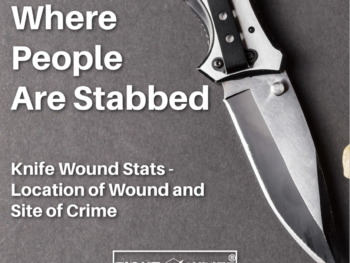
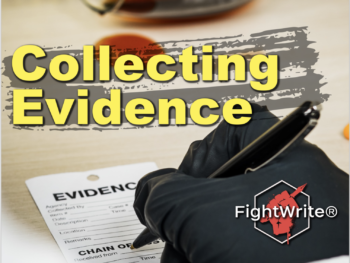
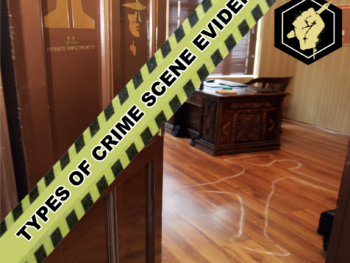
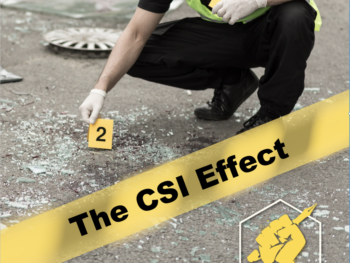
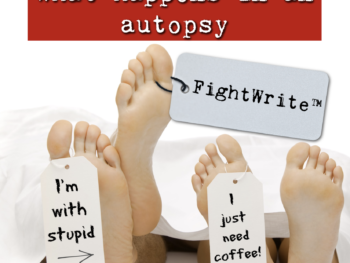

What i don’t realize is in truth how you’re now not really much more neatly-preferred than you might be now. You are very intelligent. You recognize thus significantly in relation to this matter, made me in my view consider it from numerous numerous angles. Its like women and men don’t seem to be fascinated until it is something to do with Girl gaga! Your own stuffs excellent. All the time care for it up!
Good day! I know this is kinda off topic however , I’d figured I’d ask. Would you be interested in exchanging links or maybe guest writing a blog article or vice-versa? My blog addresses a lot of the same subjects as yours and I believe we could greatly benefit from each other. If you happen to be interested feel free to send me an email. I look forward to hearing from you! Excellent blog by the way!
I am delighted that I observed this web blog, just the right info that I was searching for! .
Some really wonderful information, Gladiolus I noticed this. “So long as little children are allowed to suffer, there is no true love in this world.” by Isodore Duncan.
I think this web site holds very fantastic written articles content.
Aw, this was a really nice post. In thought I want to put in writing like this additionally – taking time and actual effort to make a very good article… however what can I say… I procrastinate alot and under no circumstances appear to get one thing done.
You made a few nice points there. I did a search on the issue and found nearly all folks will go along with with your blog.
Great beat ! I would like to apprentice while you amend your site, how could i subscribe for a blog website? The account aided me a acceptable deal. I had been a little bit acquainted of this your broadcast offered bright clear idea
Great write-up, I am normal visitor of one¦s blog, maintain up the excellent operate, and It’s going to be a regular visitor for a lengthy time.
Its superb as your other posts : D, regards for putting up.
Some really nice and utilitarian info on this website, as well I believe the style and design contains great features.
Great wordpress blog here.. It’s hard to find quality writing like yours these days. I really appreciate people like you! take care
It’s actually a nice and useful piece of information. I’m glad that you simply shared this helpful information with us. Please stay us informed like this. Thank you for sharing.
Glad to be one of the visitors on this awe inspiring site : D.
I am really enjoying the theme/design of your website. Do you ever run into any internet browser compatibility problems? A couple of my blog visitors have complained about my website not working correctly in Explorer but looks great in Opera. Do you have any suggestions to help fix this issue?
Thanks for sharing excellent informations. Your website is so cool. I’m impressed by the details that you¦ve on this web site. It reveals how nicely you perceive this subject. Bookmarked this web page, will come back for more articles. You, my pal, ROCK! I found simply the info I already searched all over the place and just couldn’t come across. What an ideal web site.
As soon as I noticed this website I went on reddit to share some of the love with them.
You have brought up a very wonderful points, thankyou for the post.